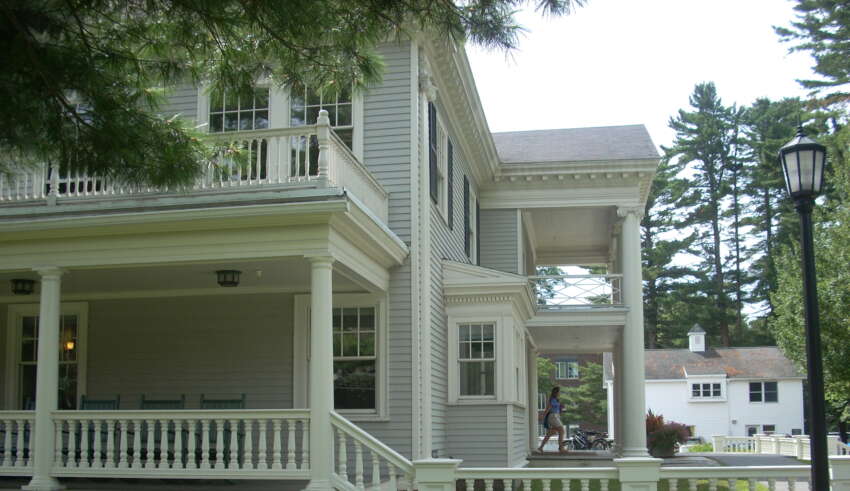
Manifest destiny
In many ways, the theme of manifest destiny could be said to exist when the Puritans were escaping from England to find a new world created by God for the Puritans to colonize. This theme, however, is usually assigned to the culture of Western America. It represents yet another example of Boorstin’s colonist perspective. An important parallel can be drawn. The capitalism of New England industrialists was justified by Calvin (and particularly later Calvinists) as part of God’s plan and reward for diligent, orderly (“Christian”) work. In the same way, manifest destiny was asserted as a God-given justification for “conquering” the West (and its indigenous inhabitants) and creating a new heaven on earth. The American West was considered a newly reawakened Jerusalem.
With the manifest destiny in place, man was pitted against not just “godless” and savage Native American populations, but also nature itself. Worth was vested in the conquest of both the environment and indigenous people. A Biblical theme held sway. Moses came down from Mt. Sinai to find his minions worshiping a symbol of nature (the golden calf), which Moses destroyed. Like Moses, new God-fearing inhabitants of the American West were to cast out any nature-loving perspectives that might be found among the Indigenous population or (God-forbid) those settling in this region.
No one was to fraternize with the native population, “dance with the wolves,” or spend too much time out in nature. Today, these people are called “tree-huggers”. In the West of a previous era, these people would likely have been run out of town (or worse). It is a God-given right for mankind to conquer nature (along with the native population). Ironically, it is precisely this entity called nature that produced all the beauty to be found in the West. It is the gracious and generous natural beauty of the West that attracted Fred Harvey and his associates to the American West. They could establish tourist-friendly hotels and restaurants that graciously accommodated those Americans who wished to appreciate the Western beauty. Environmental tourists (temporary “tree huggers”) were acceptable as long as they paid their bills and soon returned to their hometown “back East”.
The Go-Getters
The term “go-getters” was used by Boorstin (1973, p. 3) to describe the attitude and perspective of many men—and we would suggest many women (such as the Harvey Girls)—who were attracted to the West:
“The years after the Civil War when the continent was only partly explored were the halcyon days of the Go-Getters. They went in search of what others had never imagined was there to get. They made something out of nothing, they brought meat out of the desert, found oil in the rocks, and brought light to millions. They discovered new resources, and where there seemed none to be discovered, they invented new ways of profiting from others who were trying to invent and to discover.”
In other words: “Go west, young man!” And “Go west, young woman!” Break free from the traditional and reinforced social class structures of Europe and Eastern USA! There were no Lowells or Cabots in the West (at least not during the early years). It was not only the Cabots who could speak to God. In the West, everyone was allowed to speak to whichever God they wished to worship. And the message from God was always (or almost always) the same: “It is your destiny to tame this wild land and to bring my [God’s] way to all who dwell in this land.” Put in more contemporary terms: “This land is your land [though not the land of the Native Americans who first dwelt on this land].” Worth was to be won via enterprise and risk-taking (pioneering) behavior. God provided the opportunity (and the beauty). It is now up to an enterprising individual to “show their worth.”







